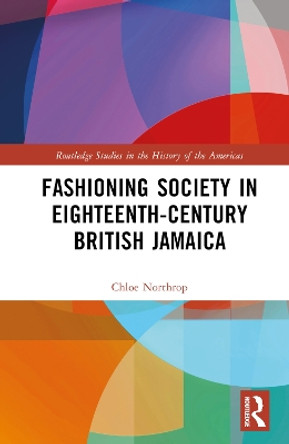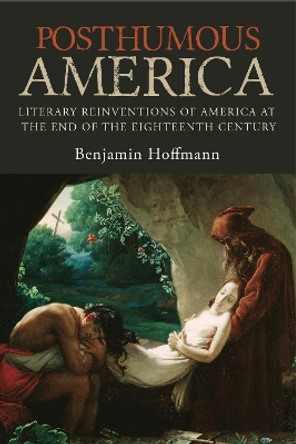Description
In the see-and-be-seen port cities of Boston, New York, Philadelphia, and Charleston, fashion, a form of power and distinction, was conceptually feminized yet pursued by both men and women across class ranks. Haulman shows that elite men and women in these cities relied on fashion to present their status but also attempted to undercut its ability to do so for others. Disdain for others' fashionability was a means of safeguarding social position in cities where the modes of dress were particularly fluid and a way to maintain gender hierarchy in a world in which women's power as consumers was expanding. Concerns over gendered power expressed through fashion in dress, Haulman reveals, shaped the revolutionary-era struggles of the 1760s and 1770s, influenced national political debates, and helped to secure the exclusions of the new political order.
Reviews
[A] well-written, thoroughly researched work."--Journal of American History
|"Haulman's terrific examination of the gendered implications of fashion is magnificently subtle and detailed. . . . [This book] will be important reading for scholars of gender, revolutionary political culture, and early American studies."--American Historical Review
|"Haulman's book is a significant contribution to our understanding of eighteenth-century culture, gender, and politics, and it is, quite frankly, very fun to read."--Journal of Southern History
|"One of the most effective aspects of Haulman's book is the way she treats fashion in many different ways without losing the unity of her argument. . . . [She] successfully mixes methods from cultural anthropology, literary studies, and sociology."--The Historian
|"Offers a number of fascinating insights into the ordering of power and American social relations in the eighteenth century. . . . Beautifully detailed and arresting set pieces that sparkle through the pages of her book, like gems strung together on an intricate necklace."--William and Mary Quarterly
|"Presents a subtle and detailed narrative of the changing ways that Anglo-Americans thought and argued about what to wear and what it meant."--Pennsylvania Magazine of History and Biography
|"Haulman [has an] ability to capture the telling details that made the colonial social experience distinct."--New England Quarterly
|"The book, several years in the making, displays Haulman's easy command of her subject and source material. . . . Without losing sight of the big picture, she pays focused attention to a few well-chosen artifacts and texts."--Women's Review of Books
|"Haulman successfully explains popular debates over the meaning of fashion without oversimplifying her analysis. Recommended. All academic levels/libraries."--Choice
|"An exciting, deeply researched work that examines the intersection of American culture and the changing nature of politics surrounding the American Revolution . . . . It would greatly benefit graduate students and researchers of early American life, specifically those with interests in politics, culture, and society."--Journal of American Culture
Book Information
ISBN 9781469619019
Author Kate Haulman
Format Paperback
Page Count 304
Imprint The University of North Carolina Press
Publisher The University of North Carolina Press
Weight(grams) 447g









